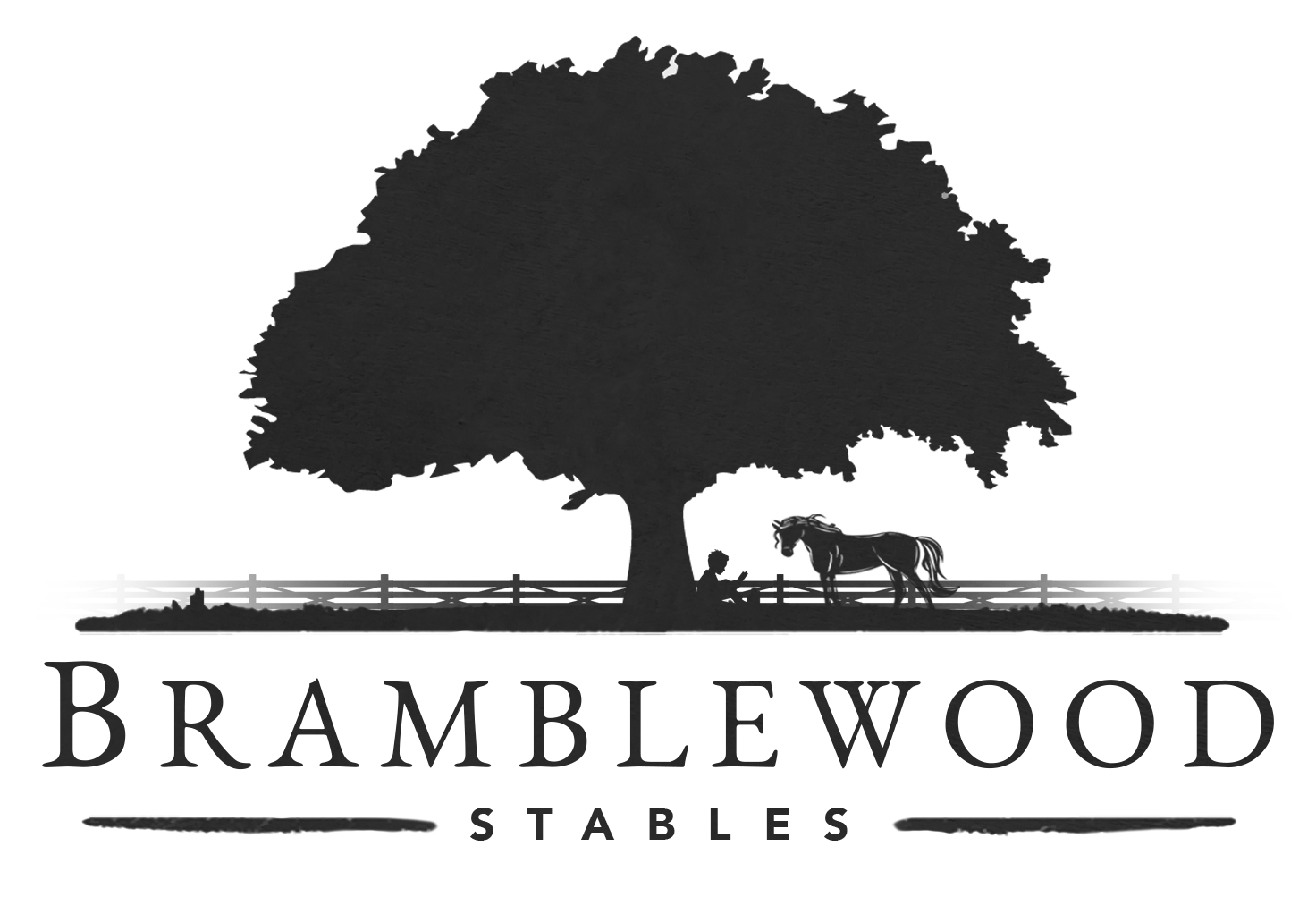So You Want To Ride a Horse?
Our horse riding program doesn’t always look like riding horses, and here’s the reason why:
I’ve been teaching for 20+ years and during that time, there have been a lot of changes in the horse world. People are jumping lower, horses are going slower, land is diminishing, costs are rising.
I had the privilege of growing up where the hunt seat method was founded in America, taken straight from the greats who learned how to teach and train horses in the US Cavalry. My teachers learned from those teachers who turned out some amazing trainers, able to focus their minds, think on the fly, and make quick decisions in crisis — just like the US Army.
It didn’t matter how many potential crises the horses might bring us because it was expected that we get up, brush ourselves off, and get back to business. Crisis was a part of training. Horses would buck, bolt, refuse jumps, and rear — all the things that horses do when they’re pushed to next level. As riders, we were along for the ride and made our way up the ranks accordingly.
This is the way I taught people how to ride when I first starting working with horses as a professional. And in those early years the parents of young riders were willing to stomach a lot of falls and uncertainty from the sidelines — but the world starting changing.
People started changing. I found myself watching for signs of nervous system overload in horses and in young riders. And my adult riders coming back to the sport, or starting out for the first time, didn’t have anything to prove. They wanted to leave the barn with less adrenaline coursing through their bodies than what they arrived with.
My farm stopped competing. We stayed home and focused on lessons. I had this vision of creating a riding school where people could come for weekly lessons with no pressure to buy a horse or stick to an agenda. We created that, but I was still having to push my students to show up for barn lessons when the weather was bad, or spend the hour doing ground work when the horses acted like horses with their own thoughts and feelings.
It was still expected that our school horses perform reasonably for a riding lesson and never give the student anything hard to think about.
I’m not doing that anymore. I’m no longer making excuses that sugar coat the necessity of creating an actual relationship with the horse. Because, as a rider, you have two choices:
Be prepared to encounter a whole lot of “misbehavior” from your horse, and have the quick-thinking, crisis-managing, certainty that you are okay getting hurt to push yourself to the next level.
2. Be willing to spend hours, days, months, years getting to know the horse from the perspective of the herd: how they interact with each other, how you interact with them. What are you actually bringing to the relationship that inspires the horse with enough curiosity to do the things that you’re asking them to do?
Riding lessons and methods of teaching and training have become kinder and gentler in the 20+ years I've been teaching, but the softer approach doesn't adequately prepare riders for what to do in a crisis. Parents want to see their kids progress up the levels, but they don't want their kids to get hurt.
The average rider in 2022 does not have the same mindset or determination to achieve at all costs like the same kid in 1990. And that’s a really good thing, but most programs are teaching in the same way and there is an expectation that riders will be able to canter and jump often in a weekly lesson program, have few falls, and minimal emotional distress.
The horses are beginning to literally say NO. They can't do it. Their fight/flight mechanism is what keeps them alive. And they require fully embodied people who are aware of their surroundings in order to trust what we’re asking them to do. Modern life doesn't often allow us to explore that type of living and doing and thinking. Think of how much of the world you tune out when you stop and look at your phone.
Things have changed and the horses are telling us they need a different way.
And that's why we do a whole bunch of ground work — hours and hours and hours of it. It's not going to look like much to the parents on the side of the ring, but these are life lessons that extend beyond the barn. We're doing this for our horses, but we're also doing it so that there is a place to explore human growth, which is the greatest gift the horses give us.
Our program doesn't always look like a riding program, but our goal is to have horses that are fit and happy well into their old age — horses that act like horses with riders who are able to feel the numerous tiny changes that happen before an explosion occurs, to head them off, to change what they’re asking.
There is an overdue paradigm shift happening in the horse world. I’m proud that Bramblewood Stables is at the forefront of that change. I no longer make excuses for what we do. Our riders leave the barn with relaxed nervous systems and some tools to better conquer the world.
I want to see the horse industry grow, adapt, and thrive well into the coming years. But most importantly I want our horses to be mentally and physically healthy.
There is a better way.
Join us.
-Kim Carter, October 2022
